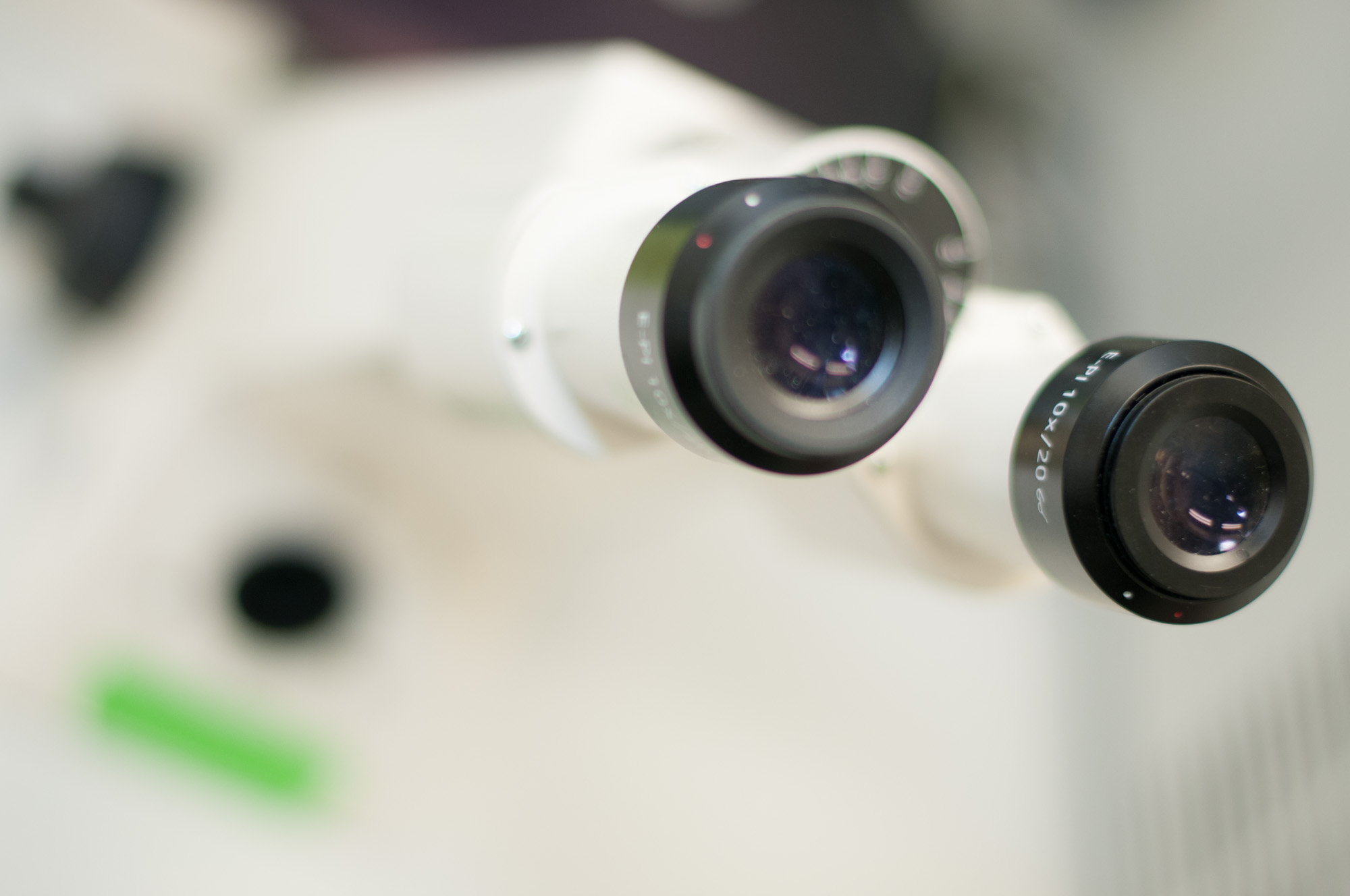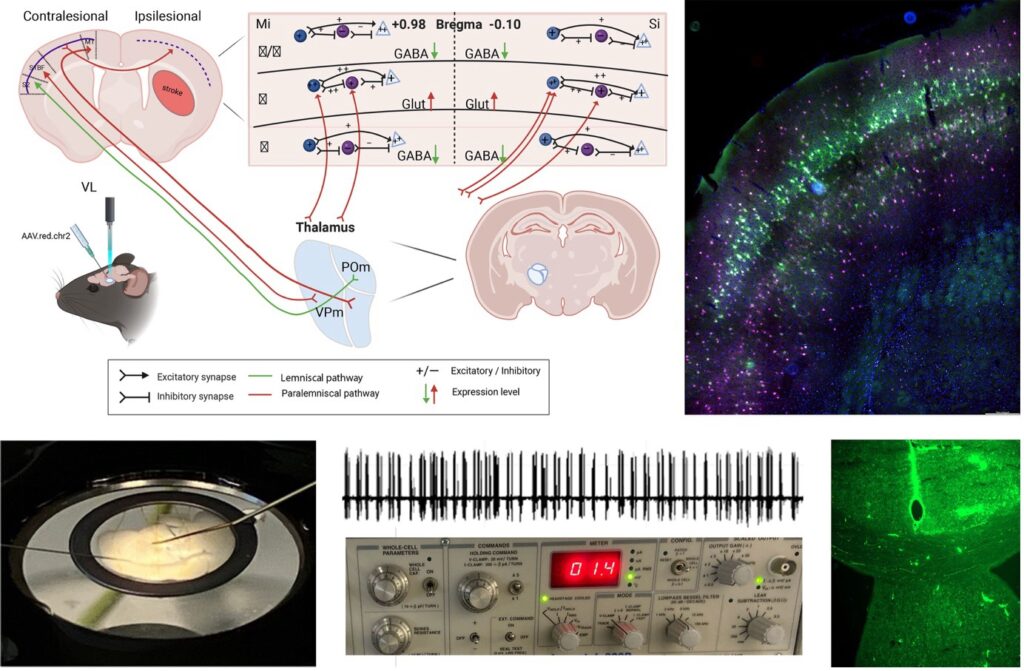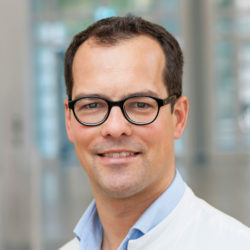
Neuromodulation and Neuroplasticity
Our research group at the Neuroscience Lab is dedicated to exploring innovative neuromodulation techniques for treating neurological disorders, specifically focusing on movement disorders like dystonia and post-stroke motor impairments. We use advanced technologies and interdisciplinary approaches to uncover the intricate mechanisms underlying these conditions, devise novel target points of stimulation to manipulate motor networks and develop new therapeutic strategies.
Key Areas of Investigation:
- Mechanisms of Thalamic Stimulation: We are investigating how thalamic stimulation brings about neuroplasticity, including specific changes in neuronal activity across different layers, reorganization of blood vessels, and improved connectivity between the two brain hemispheres.
- Mechanisms of Thalamic Stimulation: We are investigating how thalamic stimulation brings about neuroplasticity, including specific changes in neuronal activity across different layers, reorganization of blood vessels, and improved connectivity between the two brain hemispheres.
- Dystonia and Deep Brain Stimulation: Our team is delving into the underlying mechanisms of dystonia and striving to enhance the effectiveness of deep brain stimulation in addressing this challenging movement disorder.
- Translational Research: We are utilising our discoveries to identify pharmacological targets that can replicate or amplify the effects of neuromodulation, potentially leading to less invasive treatment options.
- Advanced Experimental Techniques: Our lab has developed fully implantable chronic stimulation devices for mouse models, enabling long-term studies on the effects of neuromodulation. Additionally, we are exploring non-electrical contactless stimulation of neurons using near-infrared pulses and optogenetics.
Methodologies:
- Optogenetic stimulation
- In vivo and in vitro electrophysiological recording
- In vitro Ca-Imaging
- Behavioral experiments with mouse models
- Chronic, implantable stimulation devices




